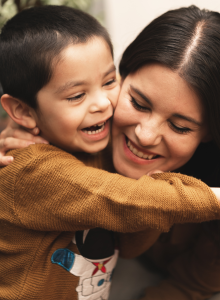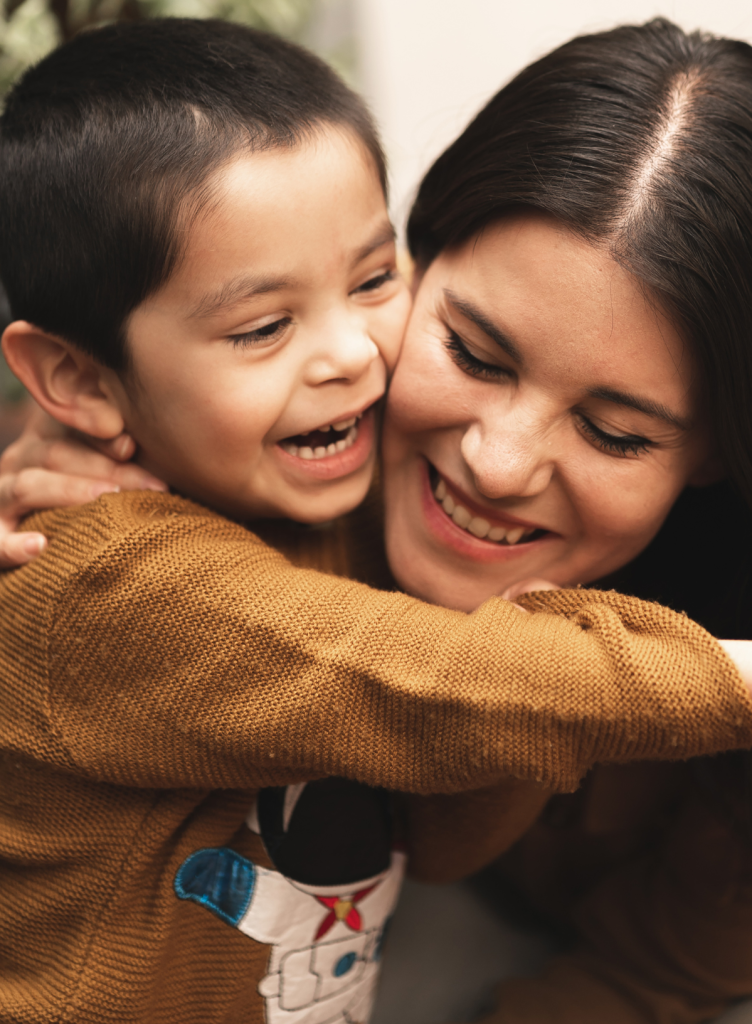Seeing the Child First: The Importance of Understanding Behaviour for Effective Parenting and Teaching
Every child is a unique individual with a distinct set of behaviours and needs. As educators and parents, it’s vital to “see the child first” and understand the underlying reasons behind a child’s behaviour. This understanding forms the foundation for applying effective strategies that promote development at home and in school. This blog explores the significance of understanding behaviour and offers practical strategies for fostering positive behaviour in children.

Understanding the Importance of Seeing the Child First
- Recognizing Individuality: Each child has their own temperament, personality, and life experiences that shape their behaviour. Seeing the child first allows caregivers to recognize these differences and move beyond surface-level behaviours to better understand what drives them. According to the National Association for the Education of Young Children (NAEYC), recognizing a child’s individuality is crucial in fostering their development and learning (NAEYC, 2020).
- Behaviour as Communication: Children often communicate their needs and emotions through behaviour, particularly when they lack the vocabulary to express their feelings. Understanding this concept means viewing behaviour as an expression of underlying emotions or needs. Research by the Center on the Developing Child at Harvard University emphasizes that children’s behaviors provide essential insights into their emotional health and should be interpreted in context (Shonkoff & Phillips, 2000).
- Impact on Development: Behaviours can significantly affect a child’s overall development, including social, emotional, and cognitive growth. When behaviours are addressed with understanding rather than judgment, children can develop better coping strategies, emotional regulation, and social skills.
Strategies for Understanding and Supporting Positive Behavior
- Observation and Reflection: Careful observation of a child’s behaviour can help identify triggers and patterns. Keeping a behaviour journal or chart can make it easier to track incidents and reflect on the context in which they occur. Understanding these patterns can inform interventions and strategies that are sensitive to the child’s needs.
- Open Communication: Encourage open dialogue about feelings and experiences. Using age-appropriate language, ask children how they are feeling and what they need. Research indicates that children who feel heard are more likely to regulate their emotions and exhibit positive behaviours (Murray et al., 2016). Engaging them in conversations about their behaviour can empower them to articulate their feelings and understand their actions.
- Creating a Safe Environment: Establishing a supportive and safe environment at home and school is critical for positive behavioural development. According to the U.S. Department of Education, safe and supportive environments foster engagement and reduce behavioural issues (U.S. Department of Education, 2014). Clear expectations, consistent routines, and positive reinforcement create a foundation where children feel secure and valued.
- Teaching Emotional Literacy: Help children develop emotional vocabulary to express their feelings more appropriately. Activities such as reading books about emotions, using emotion charts, and engaging in role-playing scenarios can help children identify and articulate their feelings. This understanding allows children to communicate their needs rather than resorting to negative behaviours (Brackett et al., 2019).
- Modeling Positive Behavior: Adults should model the behaviours they wish to see in children. Displaying emotional regulation, problem-solving skills, and positive communication can reinforce appropriate behaviour in children. Behaviour modeling is a powerful tool, as children learn through observation and imitation (Bandura, 1977).
- Consistency and Positive Reinforcement: Provide positive reinforcement for appropriate behaviours and consistent responses to negative behaviours. Reward systems can help encourage desired behaviors while providing motivation. Research has shown that children respond positively to praise and rewards, reinforcing the behaviour you want to see (Skinner, 1953).
Conclusion
Understanding behaviour is essential for fostering healthy development in children. By seeing the child first and recognizing that behaviour is often a form of communication, caregivers can apply strategies that lead to positive outcomes both at home and at school. Observing, engaging in open communication, creating safe environments, teaching emotional literacy, modeling positive behaviours, and implementing consistency in responses are all vital strategies.
As parents and educators, focusing on the individual child and understanding their unique needs and experiences not only improves behaviour but also nurtures the whole child, paving the way for their growth and success.
References:
- Bandura, A. (1977). Social Learning Theory. Prentice Hall.
- Brackett, M. A., Reyes, M. R., Rivers, S. E., Salovey, P., & Woolery, L. (2019). Enhancing Affective and Emotional Learning: A New Model for Educators. The Social and Emotional Learning Movement.
- Murray, K. M., et al. (2016). Building Emotional Intelligence and Resilience: Promoting Emotional Well-Being among Children. Journal of Child and Family Studies, 25(1), 70-81.
- National Association for the Education of Young Children (NAEYC). (2020). *Developmentally Appropriate







